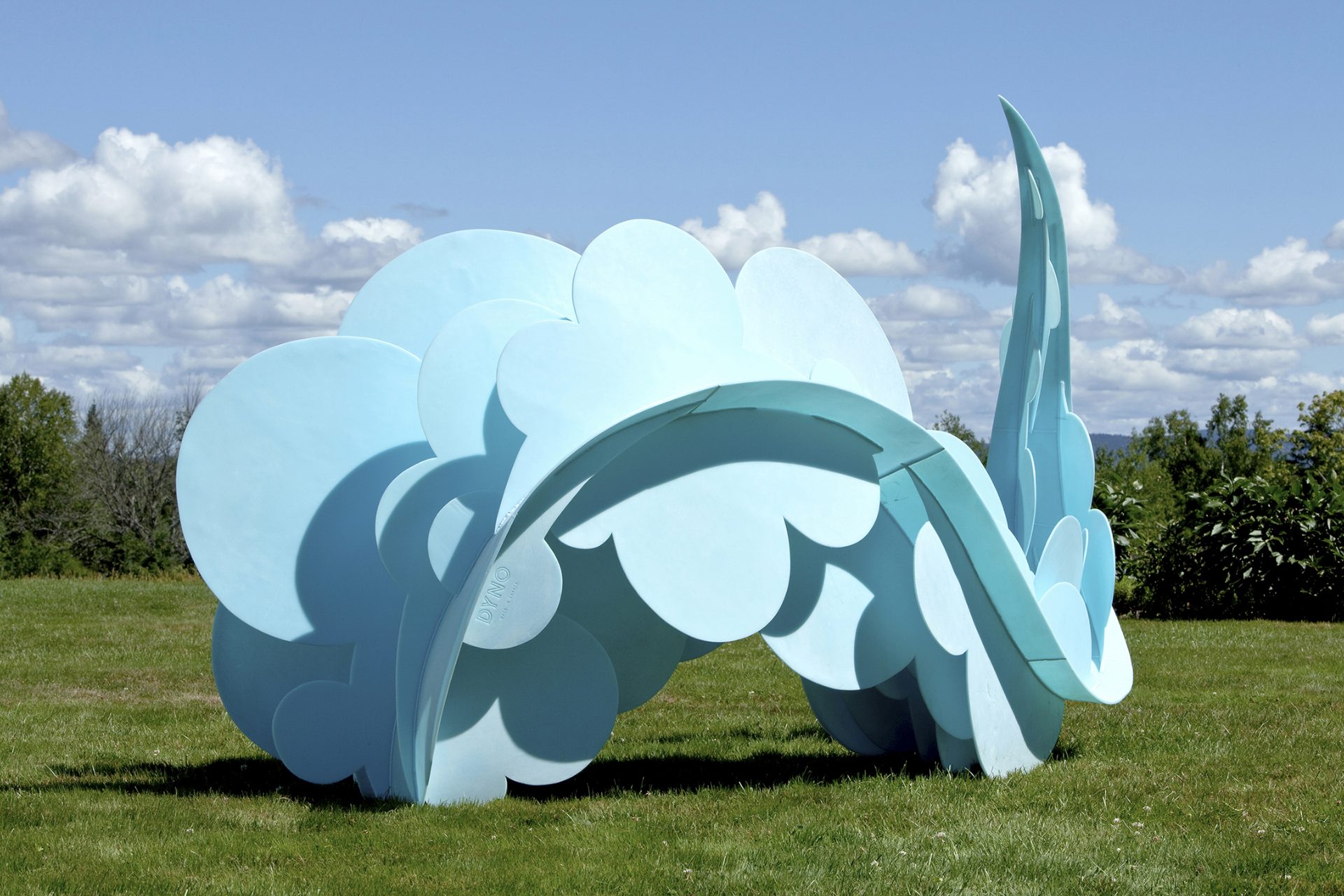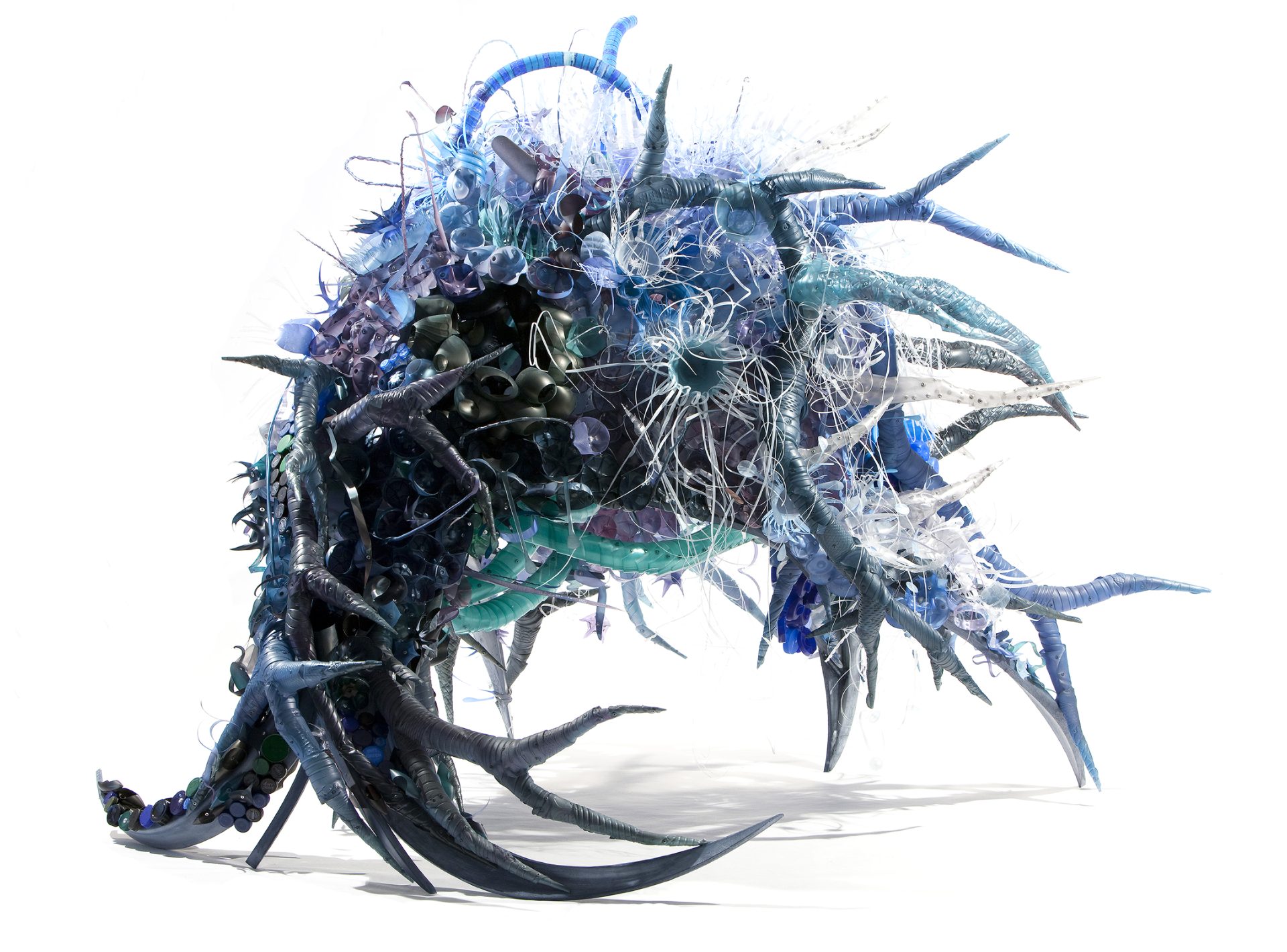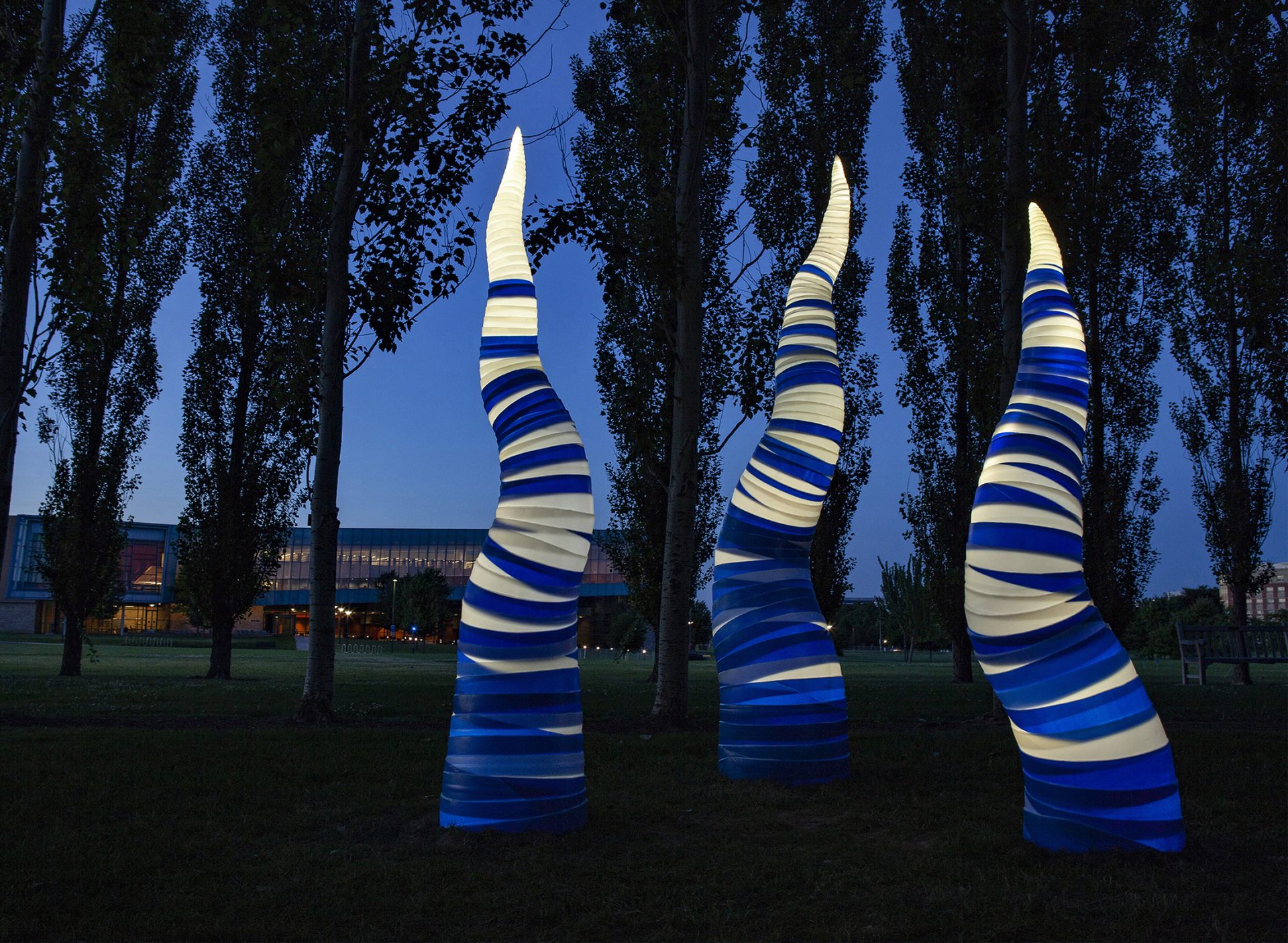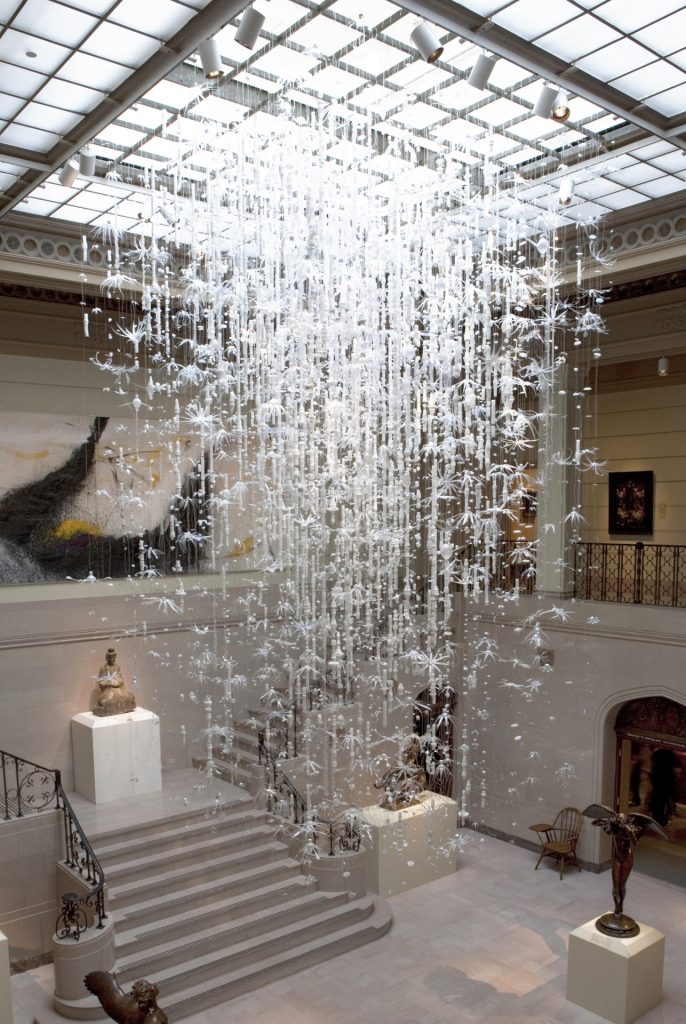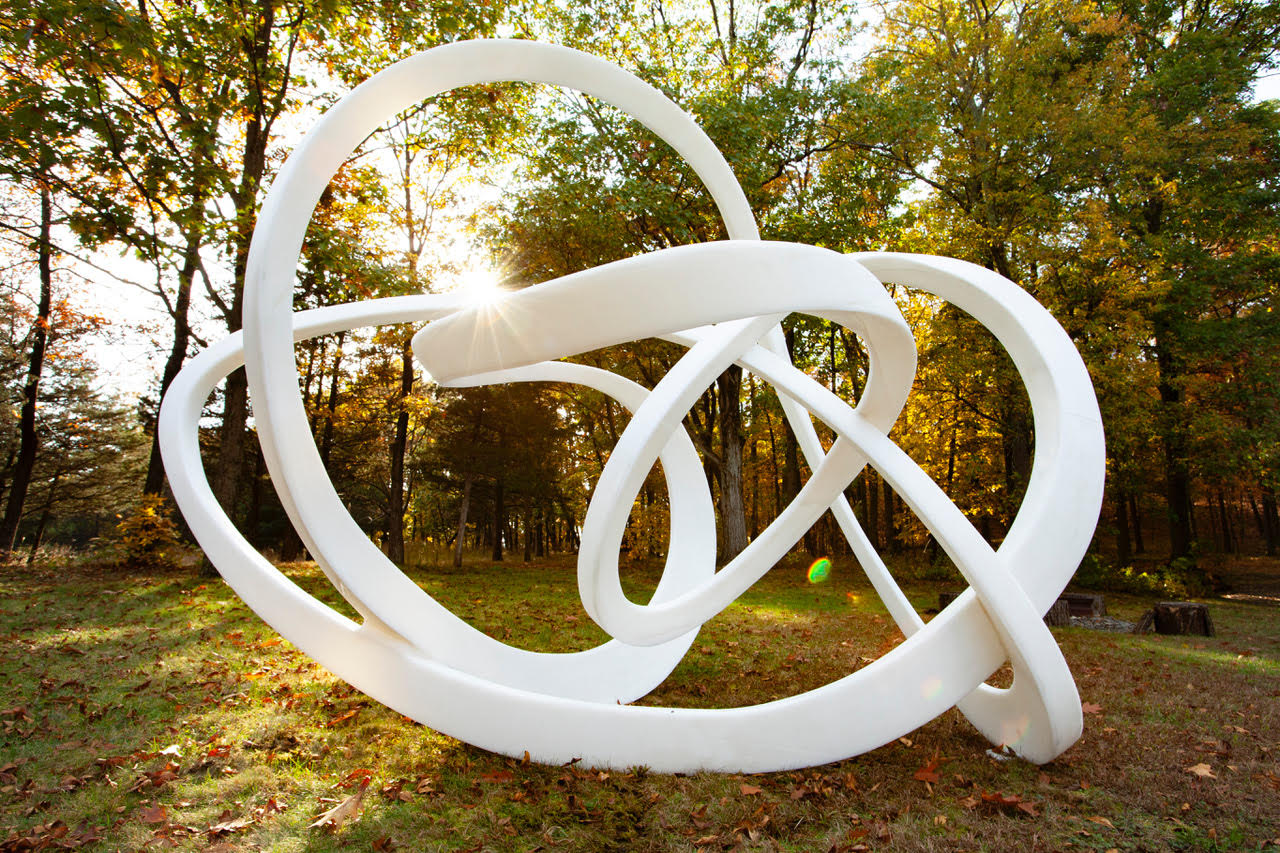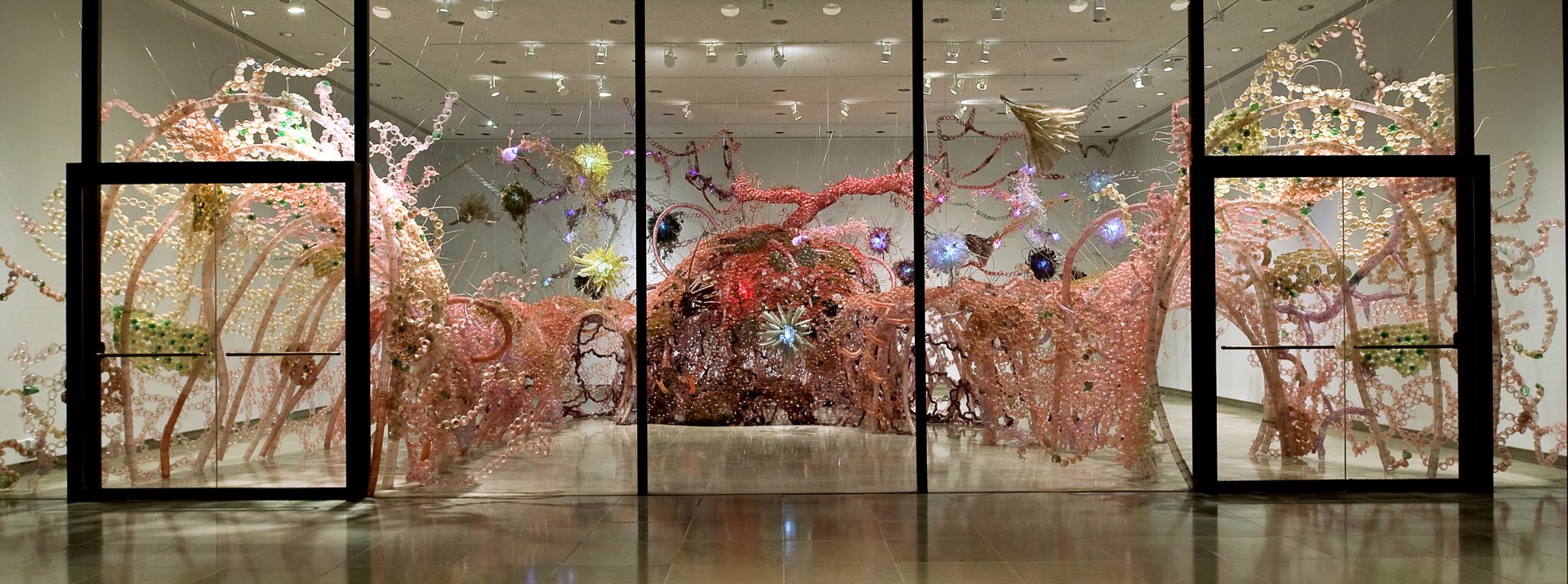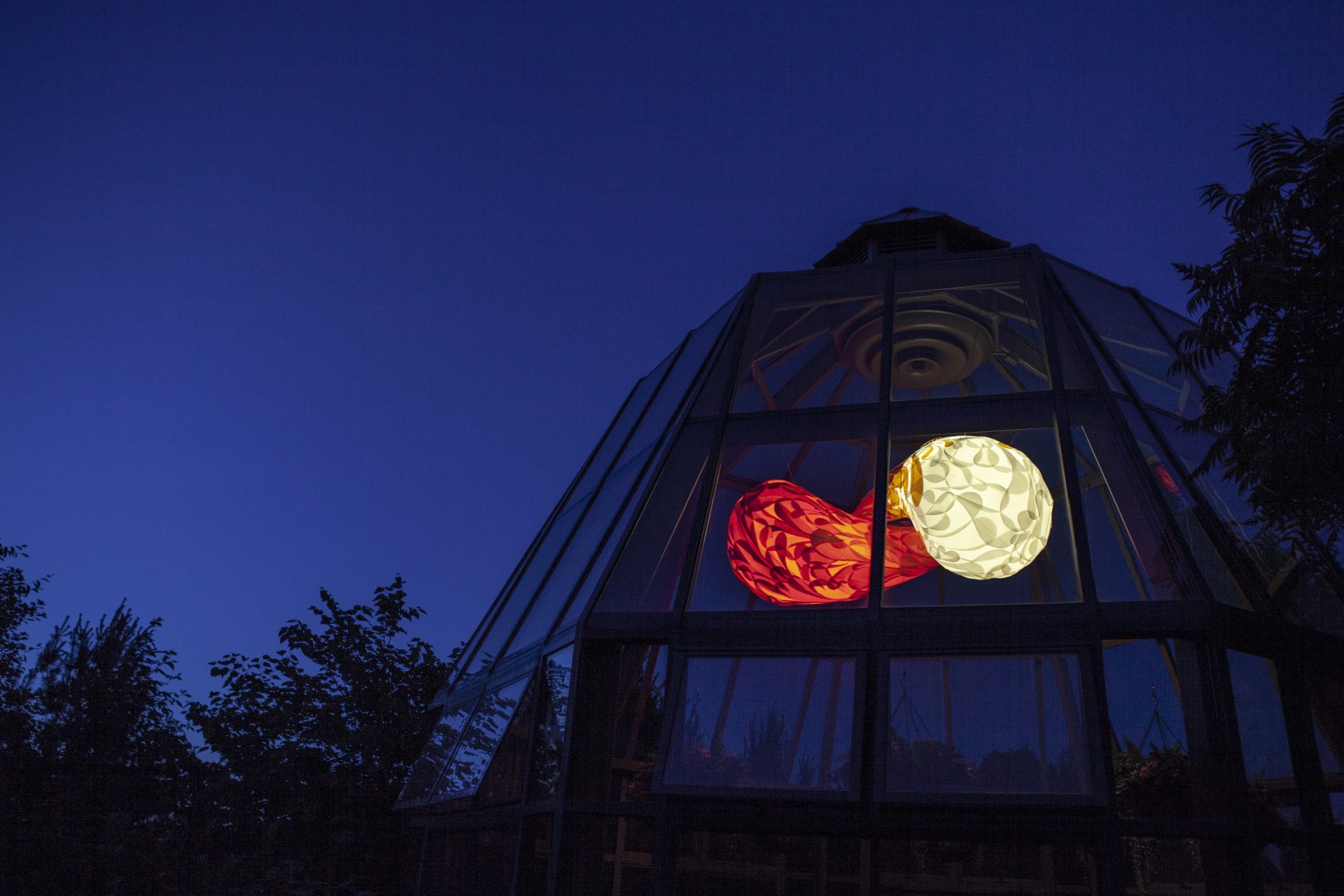Aurora Robson: giving new life to plastic
Aurora Robson is an artist born in Toronto in 1972.
Currenty, she lives and works in Hudson Valley, New York.
“My sculptural work centers around exploring plastic debris as a viable art medium. In fact, I see vast potential for this environmentally problematic material in art and design applications in which it can do no harm and its longevity becomes an asset.
I love to invite viewers to join me in re-imagining this material so that common misconceptions around it can be eliminated.
My practice takes a serious play approach to plastic debris to offer creative solutions to problems we humans have created for ourselves. People tend to think of plastic as disposable, when it is precisely the opposite.
Plastic does not biodegrade, rather photo-degrades, and only ever so slowly. At the end, this slow photo-degradation ultimately results in smaller plastic particulates, which are increasingly difficult to remove from the Earth’s two most valuable shared natural resources: water and air. As I focus on extracting plastic debris from its problematic destructive fate, I choose to highlight its potential to become a harmless medium for reflection — instead of a toxic waste nightmare. Within this context, I use everyday objects – bottles, barrels, buckets and such – and give them a fantastical quality.
Through my work, I try to create the conditions for hope and to encourage the proliferation of creative stewardship initiatives.
I see my job as making work that inspires people to pause and consider how miraculous every day and aspect of life is — to reflect on the mystery of our mere existence on Earth and the delicate web of interconnected life on this planet that so generously hosts us.
I believe our responsibility as human beings is to continually honor, study and maintain the complex balance, and to tinker with the systems we have put in place and in motion so that they may continue to serve life, not destroy it. In a sense, my work is a call to action to break negative behavior patterns and change attitudes toward waste and perceived disposability – but I also think of it as a love poem dedicated to the intersection of nature and culture with the aim of softening the edges between.”
